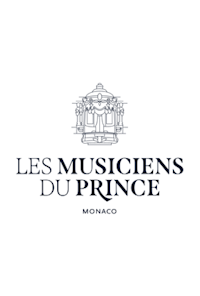26 mai - 14 août 2023(7 les performances)
1h 30minsitalienallemand, anglais
Opéra
StagedNouvelle productionFestivalOrfeo ed Euridice (Orphée et Eurydice), Gluck
Mettant en vedette:
En savoir plus
Partager
Prochainement à venir :
ven.20:00
2023
May
26ven.
28dim.
Aug
04ven.
07lun.
09mer.
12sam.
14lun.
Distribution
Euridice
Amore
Orfeo
Équipage
Mise en scène
Assistant mise en scène
Direction d'orchestre
Décors
Costumes
Chef de chœur
Lumières
Chorégraphie
Dramaturge
Instrumentation
* Instrumentation pour ce programme n'est pas disponible
Producteur
Producteur
Ensemble
Coproducteur
* Coproducteur pour ce programme n'est pas disponible











